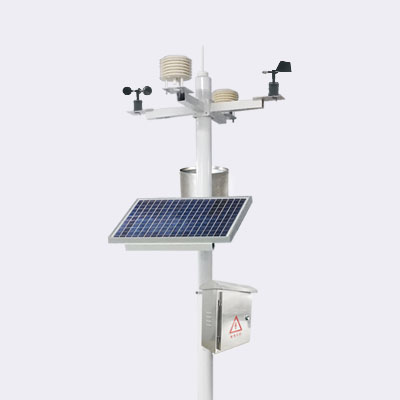Met stations
Met stations, also known as Meteorological stations , play an essential role in helping scientists predict the weather. Met stations are equipped with a variety of instruments that measure several meteorological variables such as temperature, humidity, wind speed and direction, rainfall, solar radiation, and pressure. These instruments collect data that are used to create weather forecasts and climate models.

In this article, we will explore how met stations help scientists predict the weather.
Temperature
Temperature is one of the most critical variables that meteorologists consider when predicting the weather. Met stations use thermometers to measure the air temperature. Temperature readings are taken at different times of the day to establish a pattern of how the temperature changes throughout the day. Meteorologists use this data to create weather forecasts and climate models. They can predict the likelihood of heatwaves, cold snaps, and the overall temperature trends in different regions.
Humidity
Relative humidity is a measure of how much water vapor is in the air compared to the amount of water vapor the air can hold at a specific temperature. When water evaporates from the ground, it adds moisture to the air, increasing its humidity. Met stations use hygrometers to measure the relative humidity of the air. Meteorologists use this data to create weather forecasts as an area with high humidity is more likely to experience rain.
Wind Speed and Direction
Wind speed and direction are vital components in weather forecasting as they impact temperature, humidity, and precipitation. Met stations use anemometers to measure wind speed and wind vanes to determine the direction of the winds. Meteorologists use this information to create weather forecasts and study changes in wind patterns over time.
Rainfall
Rainfall is a crucial variable that meteorologists use to predict weather patterns. Met stations use rain gauges to measure the amount of precipitation an area receives over time. Meteorologists use this data to map out areas with high precipitation rates and possible flooding incidents. Knowing how much rainfall an area typically receives is an essential part of anticipating natural disasters and planning for emergency responses.
Solar Radiation
Another variable that meteorologists consider when predicting the weather is solar radiation. Solar radiation is the amount of energy that the sun transmits to the earth. Met stations use pyranometers to measure solar radiation. This information is critical as it directly affects the temperature, humidity, and precipitation patterns. Knowing the solar radiation patterns help meteorologists understand how the earth’s atmosphere responds to changes in energy from the sun.
Pressure
The last variable that met stations measure is atmospheric pressure. Atmospheric pressure is the force exerted by the weight of air molecules in the atmosphere. Met stations use barometers to measure air pressure. Meteorologists use this information to identify areas with high or low-pressure zones and anticipate weather patterns such as storms and hurricanes.
Conclusion
Met stations play an essential role in helping scientists predict the weather. These stations provide meteorologists with critical information they need to create weather forecasts and climate models. By measuring temperature, humidity, wind speed and direction, rainfall, solar radiation, and atmospheric pressure, met stations provide a key foundation for understanding the planet’s weather patterns and how they change over time.